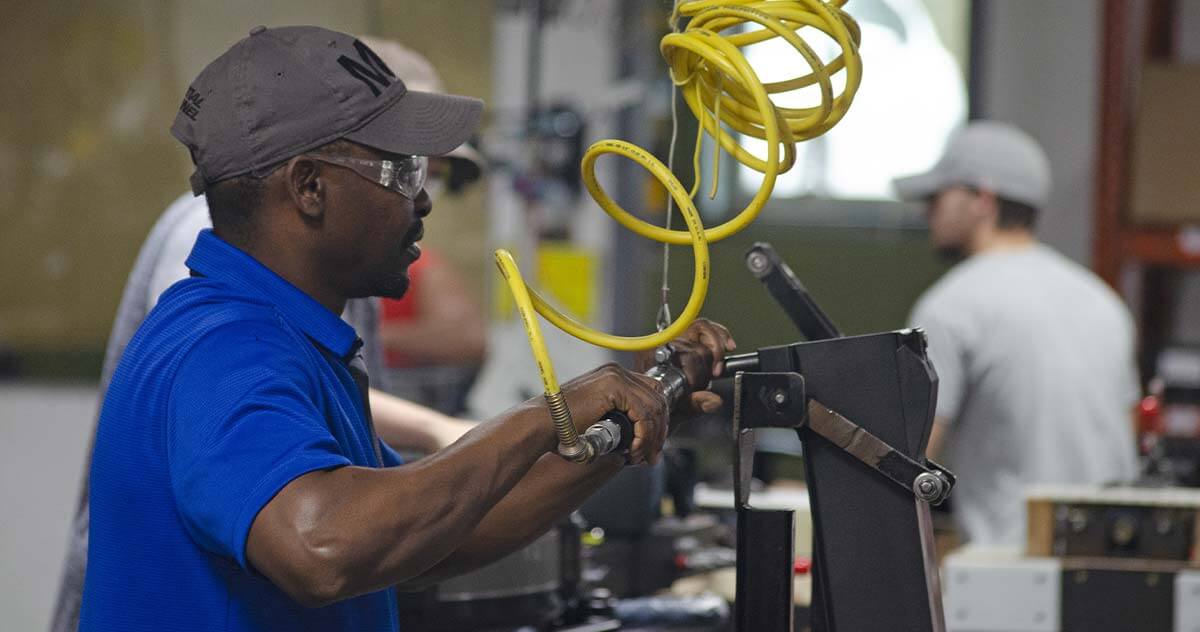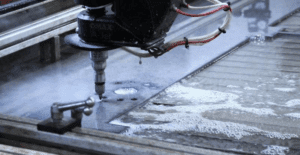
Original Equipment Manufacturers (OEMs) and businesses are always looking for ways to cut production costs while improving quality and safety. While handling everything in-house might seem ideal, many manufacturers lack the internal resources to manage complex assembly.
For OEMs with limited capacity, running a lean and reliable operation can be difficult. It often leads to delays or a drop in production quality.
That’s where contract assembly and sub-assembly services offer real value.
Below, we’ll break down the differences between assembly and sub-assembly to help OEMs and businesses choose the right fit for their needs.
An Overview of Contract Assembly and Sub-Assembly Services
Companies outsource contract assembly and sub-assembly to third parties with the expertise and equipment to meet specific assembly requirements. An OEM or business may delegate the assembly of components or the entire assembly of the product.
Manufacturers and businesses in various industries leverage contract assembly and sub-assembly services to produce their components and products. Some of these industries include:
- Aerospace
- Marine
- Automotive
- Fitness equipment
- Industrial manufacturing
- Telecommunications
- Amusement and gaming
Experienced contract assemblers implement lean manufacturing philosophies to reduce waste and leverage cutting-edge technology to maximize production quality. Here are some of the tools contract assemblers commonly utilize:
- Pallet wrappers
- Riv-nut gun and pneumatic tools
- Robotic automation
Contract assemblers deliver specialized services to meet unique project requirements and maintain the highest standards. These value-added services include:
- Component receiving
- Material storage
- Incoming/outgoing quality inspection
- Part modification
- Precision material cutting
- Metal processing
- Picking, kitting, and packing
- Worldwide shipping
To clarify any misconceptions, here are the differences between the two.
Sub-Assembly
Sub-assembly is a process that involves pre-combining related components for integration in subsequent assembly projects to form complete parts and products. Also referred to as:
- Contract sub-assembly
- Component assembly
- Sub-component assembly
- Sub-product assembly
- Sub-assembly manufacturing
Partnering with a sub-assembly service provider offers manufacturers and businesses several benefits including, shortened production time, lowered equipment costs, and the ability to quickly scale production to meet customer demands.
Below is an example of a contract sub-assembly service to help OEMs and businesses better understand the process. In the case of mechanical automobile assembly, an automotive OEM can delegate the sub-assembly of a car engine to a contract assembler to reduce production costs and promote growth.
A general overview of sub-assembly processes:
- To initiate the sub-assembly process, an assembler will find the parts or components from inventory and deliver them to the sub-assembly station.
- Once the components arrive at the sub-assembly station, technicians connect and secure the parts to build the finished sub-assembly. They then load the completed sub-assemblies onto carts or racks and deliver them lineside.
- Lineside delivery improves efficiency and productivity by ensuring the right parts reach the right place at the right time. While this often involves transporting sub-assemblies between manufacturing facilities, it can also occur within a single facility.
- Technicians incorporate finished sub-assemblies into the end product.
Assembly
Commonly referred to as product assembly, assembly services generally involve the combination of two or more sub-assemblies to form a final product. For example, an automotive OEM might delegate tire assembly to a contract assembler. The assembler combines metal rims, die-cast rubber, and lug nuts to build fully assembled tires.
Similarly, a fitness equipment manufacturer might outsource the complete assembly of rowing machines. The contract assembler receives components like flywheels, footplates, seats, and screws to build the final product.
Broadly speaking, there are two main types of product assembly services: mechanical and electro-mechanical.
Mechanical Assembly – Mechanical assembly involves combining mechanical components to build a final product. Technicians use tools and equipment to join parts, typically with fasteners like bolts, nuts, and screws. Examples range from simple products like cabinets and door hinges to complex systems such as commercial airplanes and automobiles.
Electro-Mechanical Assembly – Electro-mechanical assembly combines electrical and mechanical components to create products that perform specific tasks using electrical current. Examples include consumer electronics like clocks and industrial equipment such as electrical actuators. This category also includes box builds, like printed circuit board (PCB) assemblies.
Streamline Your Manufacturing Project with Contract Assembly and Sub-Assembly Services
Manufacturers and businesses benefit from partnering with experienced contract assembly providers. This allows them to spend less time managing logistics and workforce challenges—and more time focusing on growth opportunities.
In either case, whether it’s the assembly of components or the entire assembly of a product, outsourcing assembly projects provides OEMs and businesses a cost-effective way to streamline production, reduce lead times, and scale at a sustainable trajectory.




